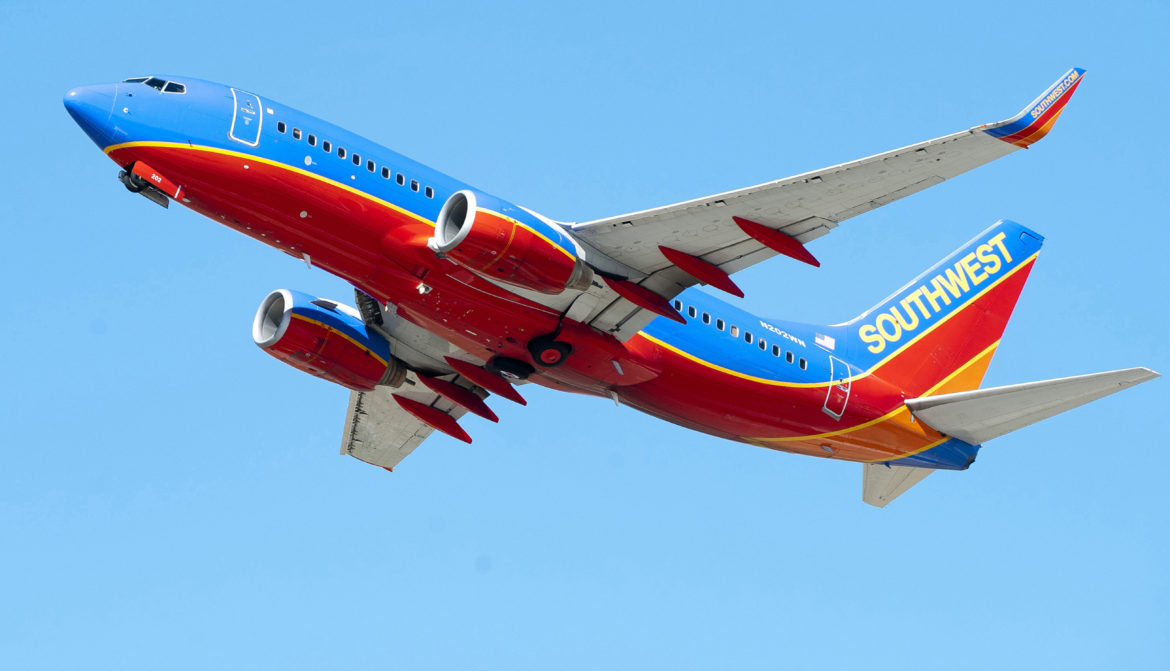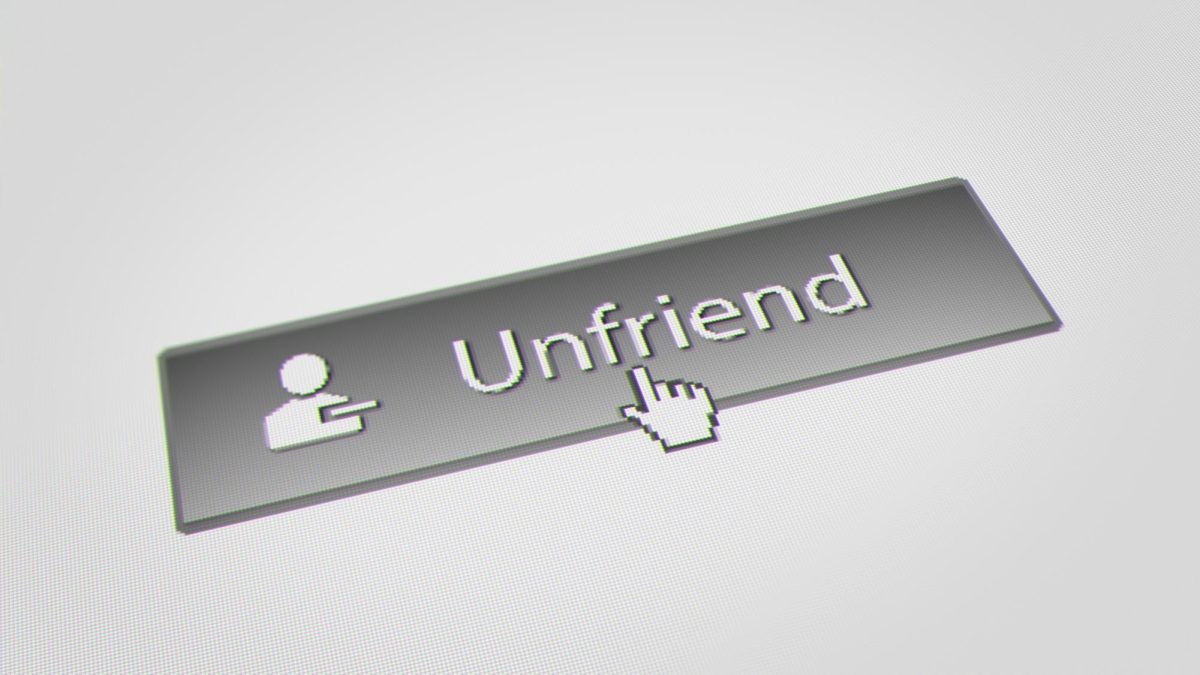Boeing and the 737 have been making international news headlines after two eerily similar crashes of the newest MAX variant in just five months. The first was in Indonesia in October 2018, and the second and latest was in Ethiopia just a few weeks ago on March 10.
Between March 10 and 13, the entire world grounded the whole global 737 MAX fleet at around 371 across the world’s airliner fleets, with Indonesia and China spearheading the mass groundings on March 11.
The U.S. ordered the grounding of jets on March 13, and the gap and tardiness despite being only a few days apart led to a bipartisan calling for the complete grounding of the jets as soon as possible. Even Boeing, who made the 737 MAX model, made a public announcement recommending the complete grounding of the whole global fleet on March 13 just before Trump and the Federal Aviation Administration announced the mass grounding in the U.S. later that day.
Now Boeing and the entire 737 MAX program and FAA certification are under heavy investigation. Already there are findings on cutting corners, such as paying extra for key safety features, a panicking fast pace in desperation to stem losing massive sales to the arch rivaling Airbus A320 NEO, and Boeing currently in the process of making a software patch in response to the first crash in October even before this second plane in Ethiopia crashed.
The damage already incurred to Boeing and the 737 has been catastrophic, and the worst to a plane-maker since the McDonnell Douglas DC-10 in the 1970s where a faulty cargo hatch led to multiple fatal accidents that killed hundreds each and doomed the plane and McDonnell Douglas to utter irrelevance and death.
However, the seeds for Boeing’s current 737 woes happen to go back long before the 737 MAX, and probably to the late 1970s in the 737-300, 400 and 500 variants, and low-cost carrier Southwest Airlines. The original 737, 100 and 200 started out in 1967 as a regional jet that could carry no more than about 100 passengers for no more than a thousand miles, with tiny cigar-shaped low bypass turbofan engines.
The succeeding 737, 300, 400 and 500 were upgraded to high bypass turbofan engines, and the front intake had to be squished to accommodate the bigger engine under the low ground clearance of the 737. Despite this, Southwest bought the 737 in bulk, and as numerous other low-cost carriers across the world sprang up in Southwest’s runaway success, they too bought the 737 in bulk.
This is where Boeing and the 737 start to fall from grace. Boeing got completely addicted to the lucrative sales of the 737 by low-cost carriers, and the 737 started getting a reputation for being tough as nails, but cramped and heavily under-powered compared to the Airbus A320 due to becoming a low-cost carrier cash cow.
The ultimate result of all of this is that Boeing has since spliced the 737 into roles that were carried out by three completely different aircraft in the 707, 727 and 757, all in the name of commonality and appealing to low-cost carriers.
What started out as a 100 passenger, 1,000 mile range regional jet has since turned into a seven to eight-hour intercontinental jet carrying over 180 passengers, something that it was never intended to do when it first came out in 1967.
Going overboard with the 737 started in the late 1990s with the 737-900 model. The 900 was stretched out so much that it was tricky to land because it only had single bogie landing gear taking the full brunt of the landing when the similarly long A321 and 757 had double bogie landing gear that dispersed the load better. The 900 even had to get a midlife upgrade in the 737-900ER to even make it a decent competitor to the A321.
With this desperate crash program, Boeing has finally completely crossed the line with remaking and re-engineering the 737 to death with the MAX here. All this role splicing has made for an aircraft that is incapable of doing what is it asked for, and Boeing appealing to the lowest bulk bidding low-cost carriers to its own peril that has now completely erupted and is coming back to haunt them.
At this point, it is probably best for Boeing to cut its losses and pull the plug on the 737, and make a far superior clean slate design or even bring back an updated version of the 757 instead. It is probably in Boeing’s best interest when the 737 has been having a bad reputation as an inferior product piling up for decades that has finally been made visible to all with these two crashes and mass groundings.












